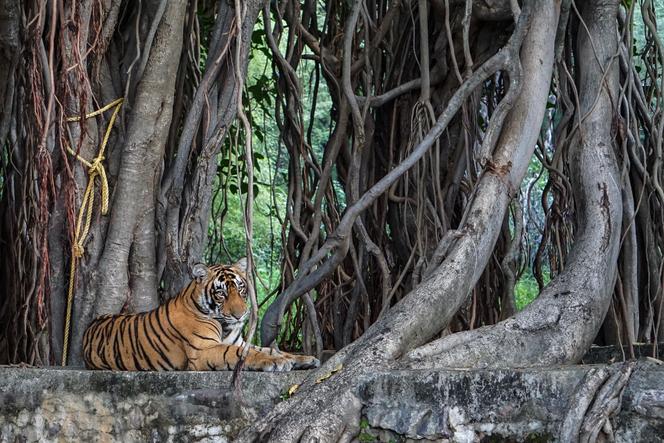


The tiger has greatly expanded its territory in India since the early 2000s. The country has been striving for decades to re-establish the iconic carnivore on its lands, and its approach has proved successful. The South Asian giant is now home to "75% of the global population of tigers amid some of the highest human densities in the world," according to a study entitled "Tiger Recovery Amid People and Poverty," published on Thursday, January 30, in the journal Science.
The predators may be at the top of the food chain but they are among the most threatened species. The majestic feline, essential to the health of ecosystems and trophic cascades – which reflect the way in which predation impacts herbivores and even plants – is affected by habitat loss, prey depletion, human conflict and poaching. Tigers, once widespread throughout Asia, have been eliminated from over 90% of their historic range, leaving only around 3,600 individuals in the wild at the start of the 21st century.
India alone now has around 3,600, spread over 138,200 km2, and the total global population is estimated at around 5,000 individuals. Over the past two decades, "tigers persistently occupied human-free, prey-rich protected areas (35,255 square kilometers) but also colonized proximal connected habitats that were shared with ~60 million people," according to the article. For example, 45% of the habitats occupied by tigers in India are also occupied by human beings.
You have 67.8% of this article left to read. The rest is for subscribers only.
